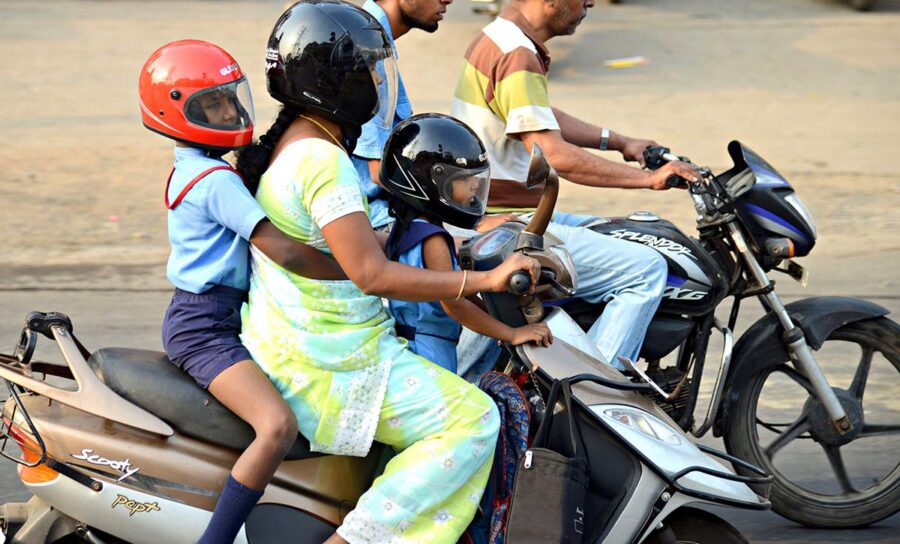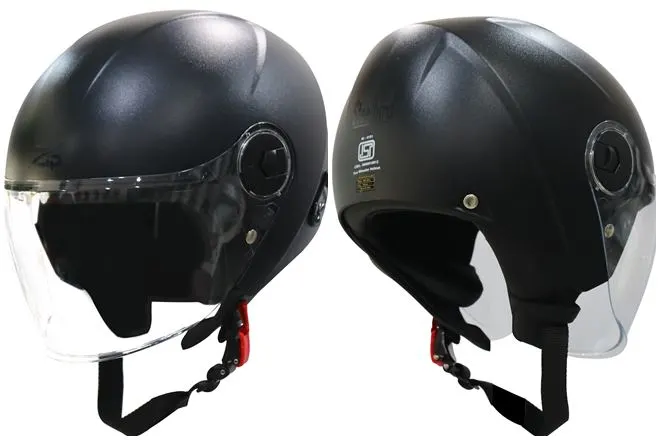Quick Overview:
- All new two-wheelers to come with two ISI-certified helmets.
- Move aims to curb the high number of fatalities among two-wheeler riders.
- Helmet manufacturers support the initiative and plan to boost production.
A Step Towards Safer Roads
Union Minister of Road Transport & Highways, Shri Nitin Gadkari, has made a bold announcement—every new two-wheeler sold in India must come with two ISI-certified helmets. The directive, revealed at the Auto Summit in New Delhi, aims to tackle the alarming rate of road accidents and fatalities in the country.
India reports over 4,80,000 road accidents and 1,88,000 deaths annually, with two-wheelers accounting for a significant chunk of these numbers. Shockingly, around 69,000 two-wheeler riders lose their lives each year, and nearly half of these fatalities occur due to the absence of helmets.

Industry Welcomes the Two Helmets Mandate
The Two-Wheeler Helmet Manufacturers Association (THMA), the largest representative body of helmet producers in India, has thrown its weight behind this decision. The association has long advocated for stricter helmet usage regulations, and this move aligns with their safety-first approach.
Rajeev Kapur, President of THMA, emphasized that this is more than just a regulation—it’s a necessity. “For families who have lost loved ones in preventable crashes, this directive brings hope. It’s time we prioritize safety over convenience,” he said.
Helmet manufacturers are now gearing up to meet the increased demand. The production of ISI-certified helmets is expected to ramp up significantly, ensuring that quality protective gear is readily available across the country.
Will This Change Two-Wheeler Commuting in India?
Despite existing helmet laws, compliance remains a major issue in India, especially among pillion riders. The new directive aims to address this gap by ensuring that both the rider and passenger are protected right from the showroom.
However, enforcing the use of these helmets remains a challenge. While manufacturers will supply them, it ultimately depends on riders to wear them. Awareness campaigns and strict enforcement will be crucial in making this initiative truly effective.
Final Thoughts
This move is like getting a free side dish with your favorite meal—except this one could save your life. A helmet may not be the most exciting accessory to get with your new bike, but it’s undoubtedly the most important. Because, let’s face it, no one looks cool in a hospital bed.

